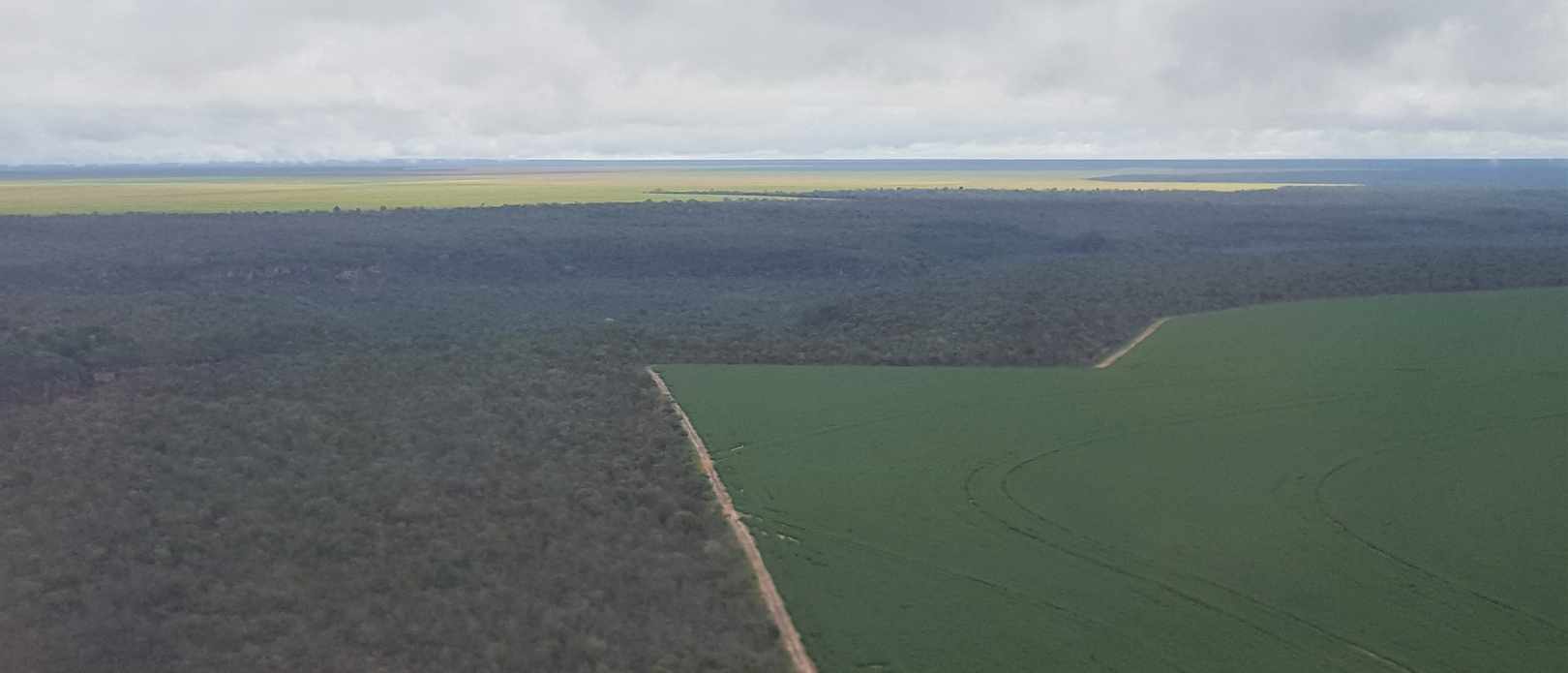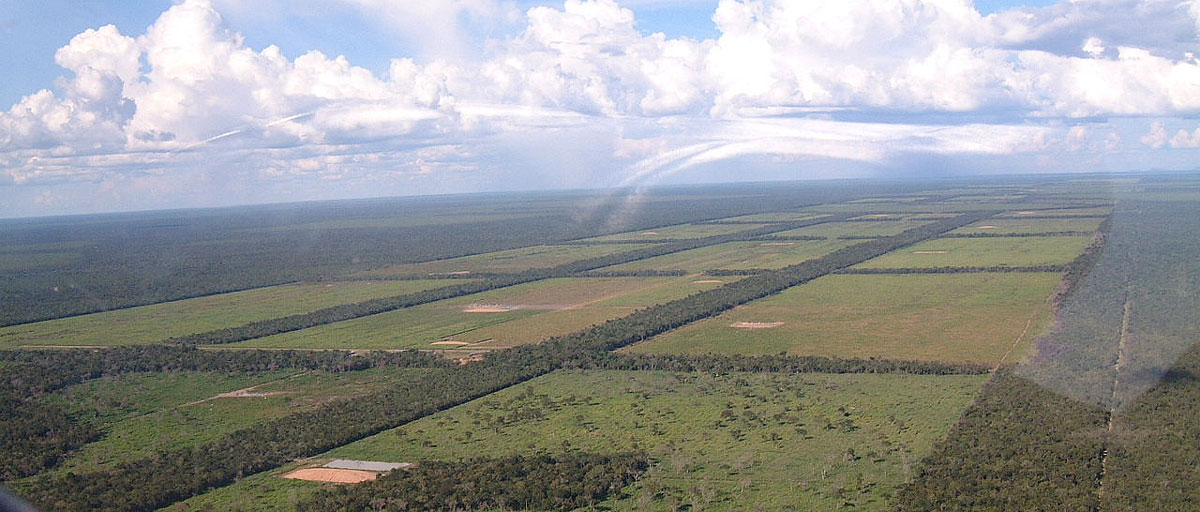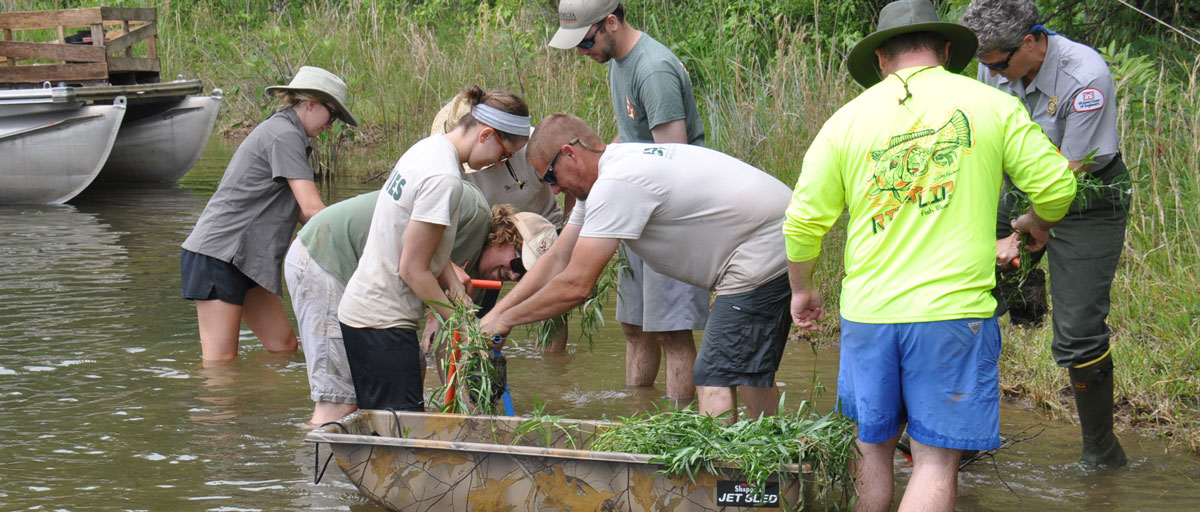SOY TRADE AND DEFORESTATION
Reduced deforestation remains out of sight in the soy industry

Many environmental organisations are working with concerned retailers and traders of soybeans and soy products to push for more sustainability in the sector. But despite their efforts, the problem continues. Photo: A. Gonzalez
- Several perceptions within supply chains hinder sustainability commitments to be implemented on the ground
- A key factor inhibiting progress is that legislation in Brazil actually allows producers to clear land
- There is also disagreement over the levels of influence that large corporations have in reducing deforestation
Efforts by companies to implement sustainability strategies is hampered by reluctance to comply by actors in their supply chains due to complex barriers
“THE RIGHT TO DEFOREST”: Previous research have shown the importance of keystone actors, a phenomenon inspired by nature itself, where “keystone species” in an ecosystem have an outsized influence in spite of being few in number. What they do, others will copy or be forced to adapt to. Similarly, commitments by large transnational companies must be followed up by parts further down in their own supply chains.
At least that’s the plan.
Perceptions hinder commitments
In a study published in Environmental Science and Policy, postdoctoral centre researcher Angela Guerrero together with colleagues from Australia, Switzerland, Germany and South Africa, study company commitments to reduce deforestation within the supply chains of the soy industry in the Brazilian Cerrado, a global biodiversity hotspot with extensive soy production.
By talking to various producer associations, traders, NGOs, Fast Moving Consumer Goods Companies and financial institutions they discovered several perceptions that hinder commitments to be implemented on the ground.
The findings add nuance to the literature on sustainable supply chain management, which has tended to focus on the actions of focal companies but ignored the diversity of actors around them.
Our results suggest that implementation of commitments to reduce deforestation is hampered by various perceptions about power, entitlements to continue to deforest, and financial risks.
Angela Guerrero, lead author
In their right to cut down trees
A key factor inhibiting progress is that legislation in Brazil actually allows producers to clear land. This means producers believe it is in their right to cut down the native vegetation. Soy production is seen as a path to development, so asking producers to go beyond what they are required to conserve by law is met with frustration.
Most participants also feared for the perceived financial risks associated with deforestation-free soy production. Without a market for deforestation-free soy, traders and producers asks: who will pay the price?
Without incentives or financial support, producers feel threatened by the prospect of stricter rules on how and where they produce the soy. This could reduce their incomes.
Who decides?
There is also disagreement over the levels of influence that large corporations have in reducing deforestation. While some participants see transnational corporations as powerful actors that can influence the actions of their entire supply chain, the corporations themselves believe they have limited influence over what their suppliers do in practice.
Internal company processes are also key for translating commitments into company policies.
Watch Angela Guerrero explain the barriers to sustainable soy production in Brazil:
Methodology
Mental models, or maps, are cognitive frameworks that people use to interpret and understand the world. Not one map is the same, so understanding mental maps can help identify differences in peoples’ perspectives and the ‘shared views’ that can assist with planning and implementation of initiatives.
In this study the researchers used laddering interview methods and influence diagrams to construct mental maps of the different perspectives on the issue.
The laddering method was used to identify the “causal” dynamics of the issue as conceptualised by each participant. The maps were then broken into a system of interrelated themes, termed “chains of influence”, which explain how participants understand how different factors interact to influence the process of reducing deforestation in the soy supply chain. Themes identified were then summarised, and actor groups compared to map commonalities and differences in the way the issue is understood.
Guerrero, A.M., Jones, N.A., Ross, H., Virah-Sawmy, M. and Biggs, D., 2020. What influences and inhibits reduction of deforestation in the soy supply chain? A mental model perspective. Environmental Science & Policy, 115, pp.125-132
The Conversation feature: "Demand for meat is driving deforestation in Brazil - changing the soy industry could stop it"
For more information:








